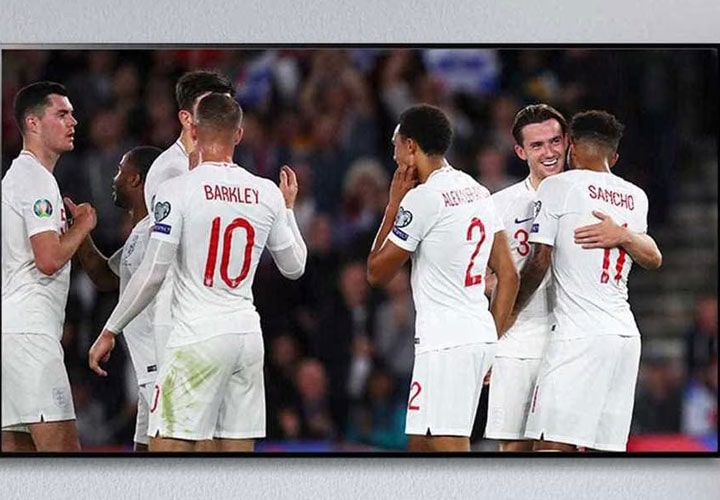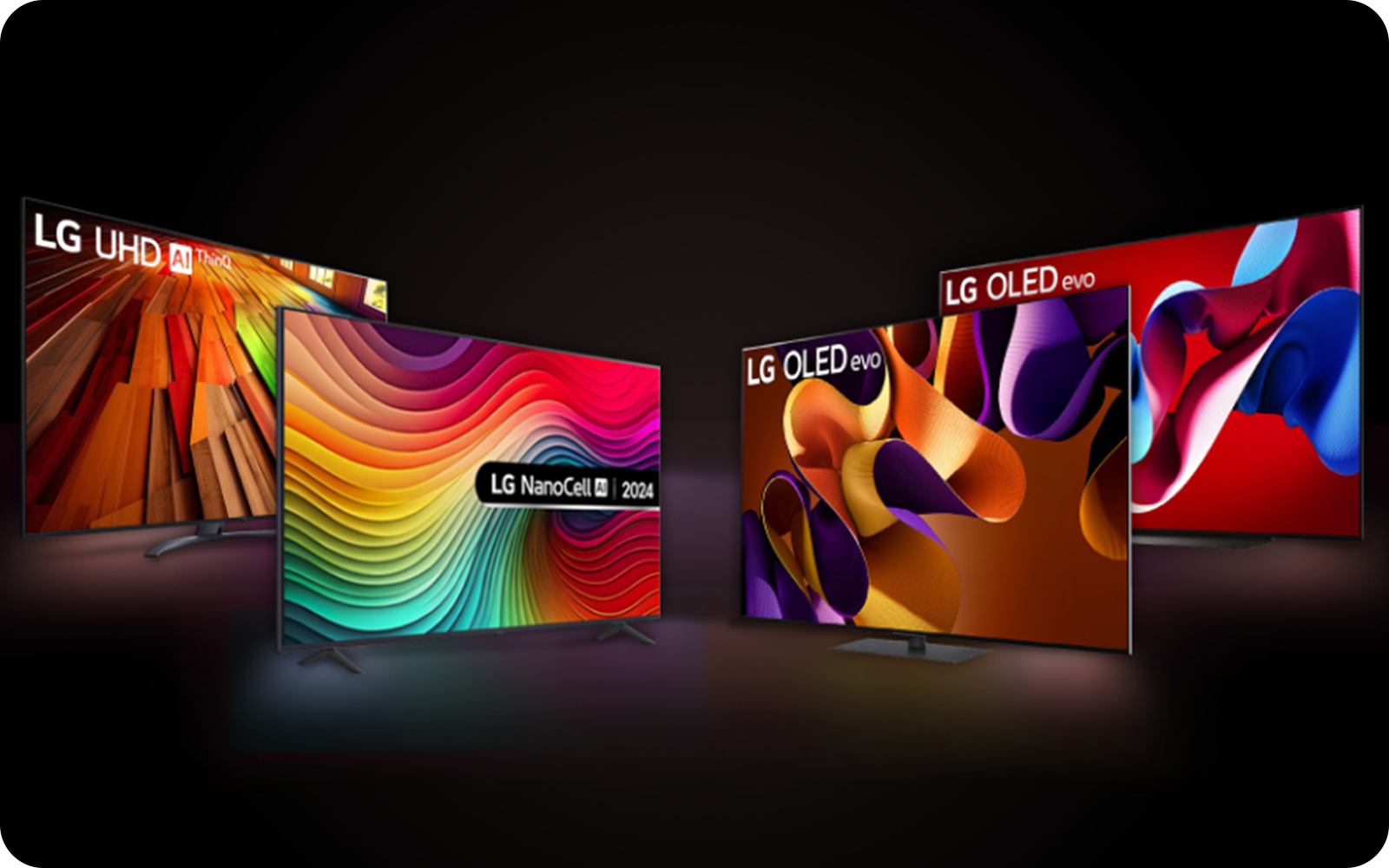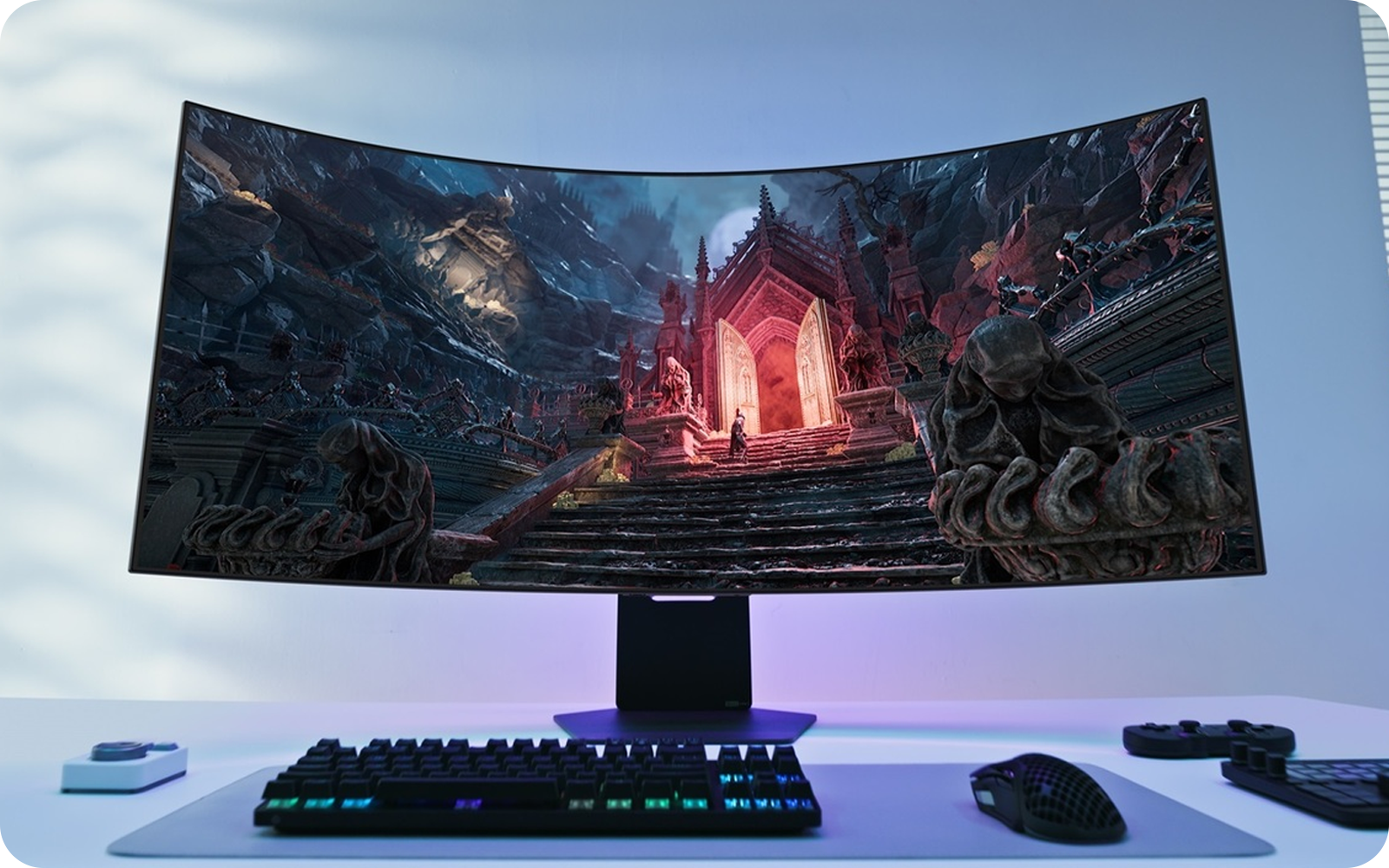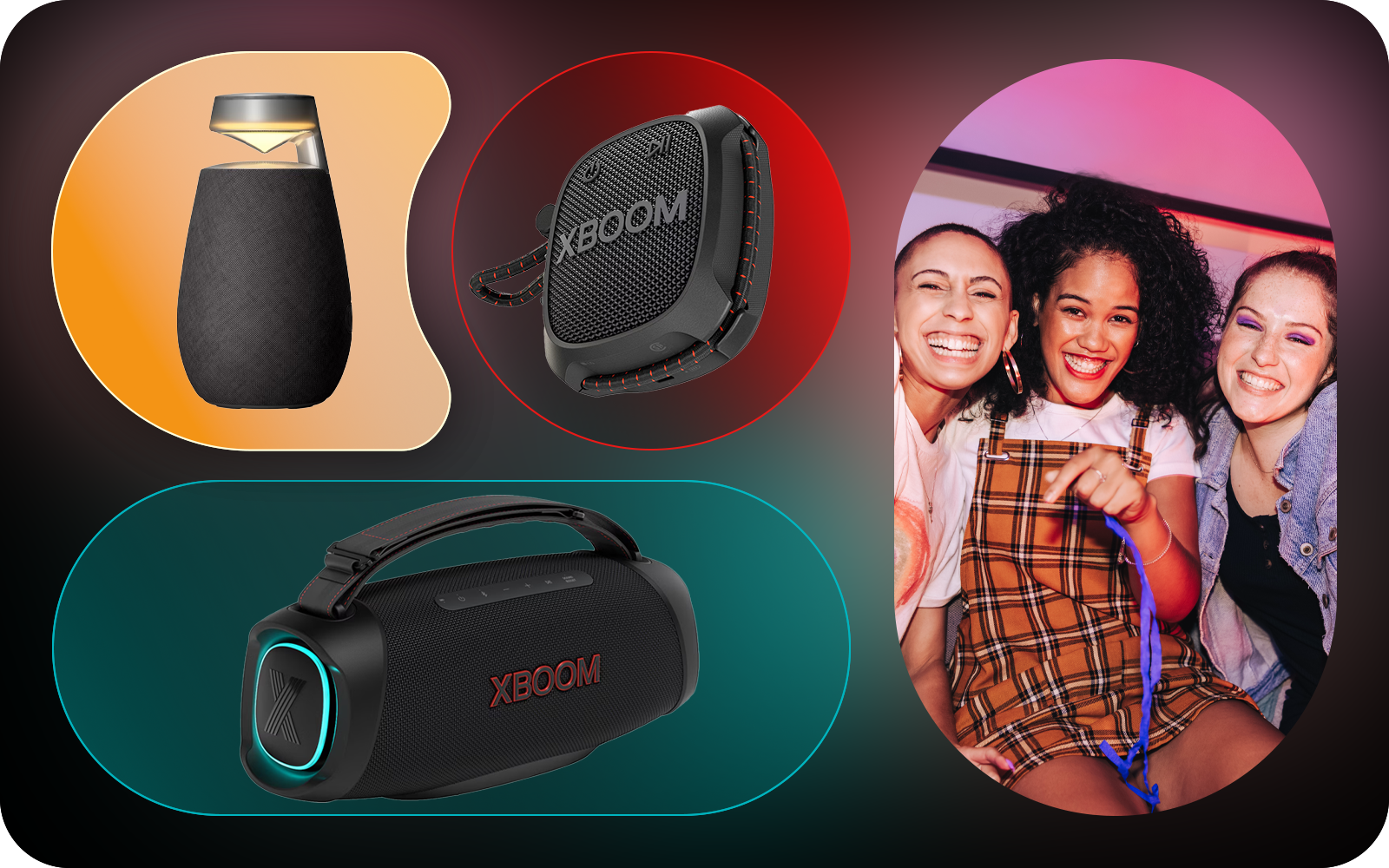We use cookies, including cookies from third parties, to enhance your user experience and the effectiveness of our marketing activities. These cookies are performance, analytics and advertising cookies, please see our Privacy and Cookie policy for further information. If you agree to all of our cookies select “Accept all” or select “Cookie Settings” to see which cookies we use and choose which ones you would like to accept.
LG LAB
Best TVs for live sport: a viewing guide
When buying a new TV for watching live sport on, you need to consider things like screen size, sound quality, motion blur and viewing quality, before you buy.
When you can’t be in the arena or stadium, the best TVs for sport can transport you there. But there are some key things to consider, such as screen type and size as well as audio. Read our guide to buying a TV for sport.
LED TVs for sport
LED screens use light-emitting diodes, or light sources, to power the TV backlight. They turn on and off to provide the right amount of light needed to display every frame of the action.
Some LED TVs, like NanoCell models, use Full Array Dimming, which means different parts of your screen react better in darker conditions. It helps showcase the sweat-slicked features of your favourite fighters, bringing the entire spectacle to life under the bright lights of the boxing ring.
Explore LG NanoCell TVs
OLED TVs for sport
OLED TVs are the pinnacle of screen technology, setting it apart from the competition as the ultimate TV for live sport. Here, the light-emitting diodes are powered individually, meaning no backlight – for improved palette precision, deep blacks and a thinner screen.
Colours and contrasts are more vibrant, whatever sport you’re watching. The lush, green pitch is richer under the sun, while the detail on players’ kits means you can pick out the perfect pass before they can.
If you are wondering what LG OLED TV is the best for sports, than we would recommend our latest LG OLED evo C3 TV. With even brighter brights and cinematic sound, it also has a personalised Sports Alert which will keep you in the know about your favourite team, with direct access to match schedules from your home screen.
However, with a decade of innovation, all LG OLED TVs can bring you stadium-like realism - explore LG OLED TVs today.
TV screen size
Deciding what screen size to buy for your living room depends on a few things:
- Room size
- Seating position
- The type of TV screen
A super-sized screen allows you to soak up more of the matchday atmosphere, as your TV can display little details, in the crisp clarity a smaller screen might miss.
But a smaller TV might suit your living room better, depending on how close you’re sitting from the screen.
According to Which?, a viewing distance of 7-10ft needs a screen size of 48-50 inches. Sit any closer, and you can scale down your screen size by a couple of inches. Sit further away, and you can look for a larger TV.
The capability of your screen plays a big part too. 4K TVs for sport boast four times the pixels of a Full HD screen, meaning four times the detail. Before choosing a TV, consider the layout and size of the room you will be watching it in.
Sound quality
Add extra atmosphere to your full-time celebrations with a soundbar, which delivers extra audio power by projecting the sounds of the action into your living room.
Soundbars make the most of your space by using innovative audio technology that amplifies the noise from live sport, giving it extra depth.
Soundbar technology, like Dolby Atmos, is designed to amplify the electricity of the audience. It breaks down individual noises and projects them around you to sound like they would in real-life.
A Dolby Atmos soundbar uses surround sound to place you at the heart of the crowd – hear the songs and swagger as your team takes the lead. It places the thud of every kick just where you’d expect to hear it, whether deep downfield or in the thick of their penalty box.
This season, both Sky Sports and BT Sport will broadcast all games in Dolby Atmos-quality audio, so you’ll hear everything from kick-off to full time. What is Dolby Atmos? Learn more
Watching football in 4K?
With four times the detail of HD, watching football in 4K results in sharper details and images. See the ball spinning towards the back of the net as it’s curled from a perfect free kick. Or feel the agony and joy of a last-gasp equaliser.
Normal broadcasts are typically upscaled to 4K from their regular resolution, using state-of-the-art processors installed in every TV model.
To get the most out of your football experience, choose a Sky Sports or BT Sport package to watch it in glorious 4K quality. Both Sky and BT broadcast their top-flight games in 4K UHD.
Change the way you watch your team with our guide to football in 4K
Live sport & motion blur
Fast-paced live sport on TV, like a thrilling motorsport race, can be hampered by the fact that when things speed up, the picture can appear blurry.
This is a problem known as motion blur - a trick of the eye that can cause objects moving quickly to appear blurred – especially annoying when you’re captivated by a scintillating race that’s going down to the wire.
TVs display visuals frame-by-frame, which is measured by something called frame rate. The quicker the frame rate, the smoother the picture – and vice versa.
When choosing a new TV for sport, a screen with High Frame Rate technology can achieve this and reduce motion blur. This refreshes the frames on-screen more frequently.
Thanks to on-board processors, TVs are achieving refresh rates of 120Hz, which draws images 120 times per minute, reducing blur while satisfying your need for speed.
When searching for the best TV for live sports, we would recommend any of our OLED TVs, which combine peak brightness, with fantastic reflection handling and superb response time.
TV viewing angle
Inviting friends round to watch the big match is a great way to show off your setup, but some TVs only display the game in high quality when watching head-on.
If you watch sports a lot, we recommend investing in a TV with a good or excellent viewing angle. The viewing angle of a television determines how far on the side of the television you can sit before the image quality goes down. Recent developments in TV tech mean pixels are placed closer together than ever before in some LED TV models. They can now absorb unwanted light and strengthen the RGB colours you see on screen.
This keeps picture quality consistent across the entire screen and colour vibrant - even at a 90-degree angle. Choose a TV with a wide viewing angle and you won’t miss out on the action, even if you’re the odd person out in a living room packed to capacity.



